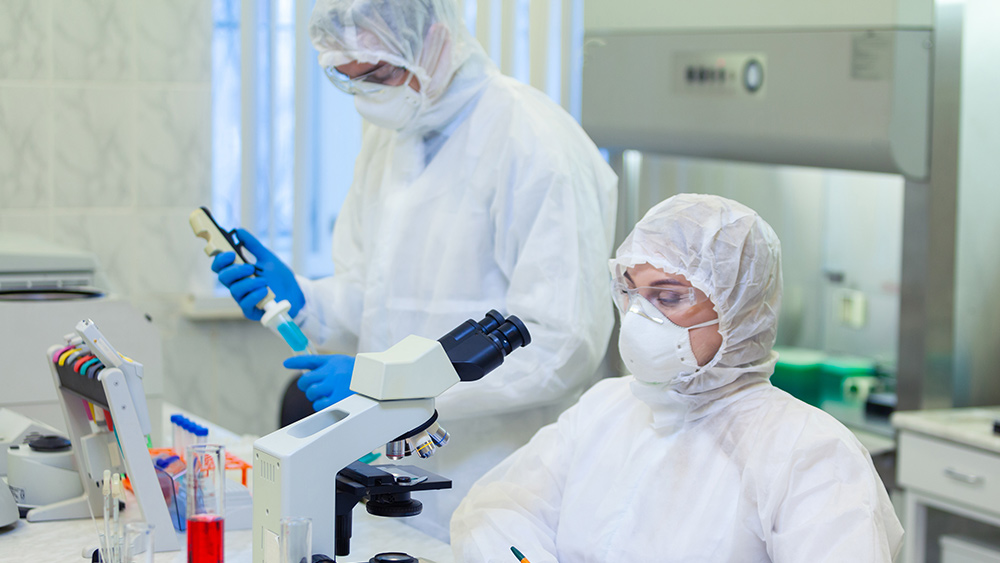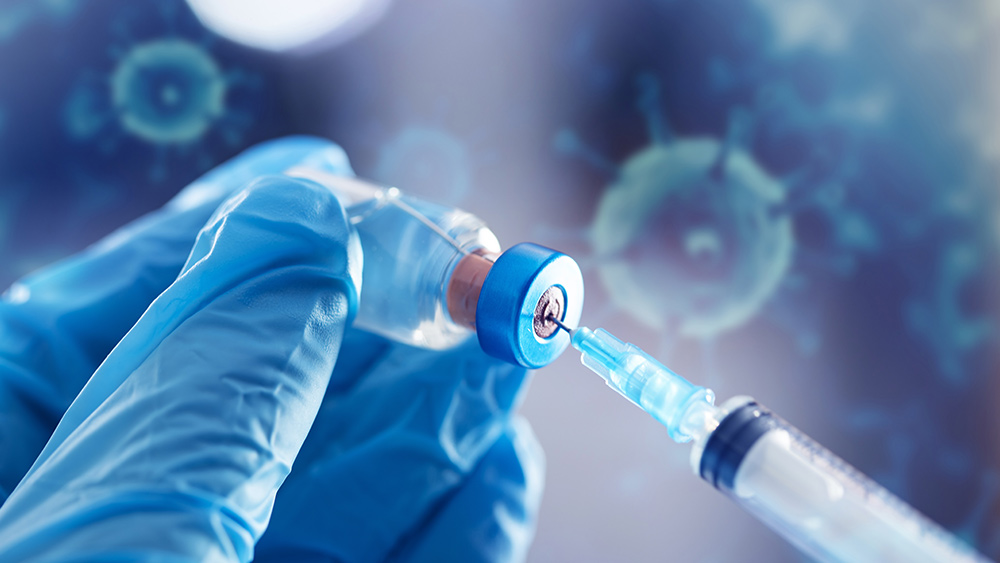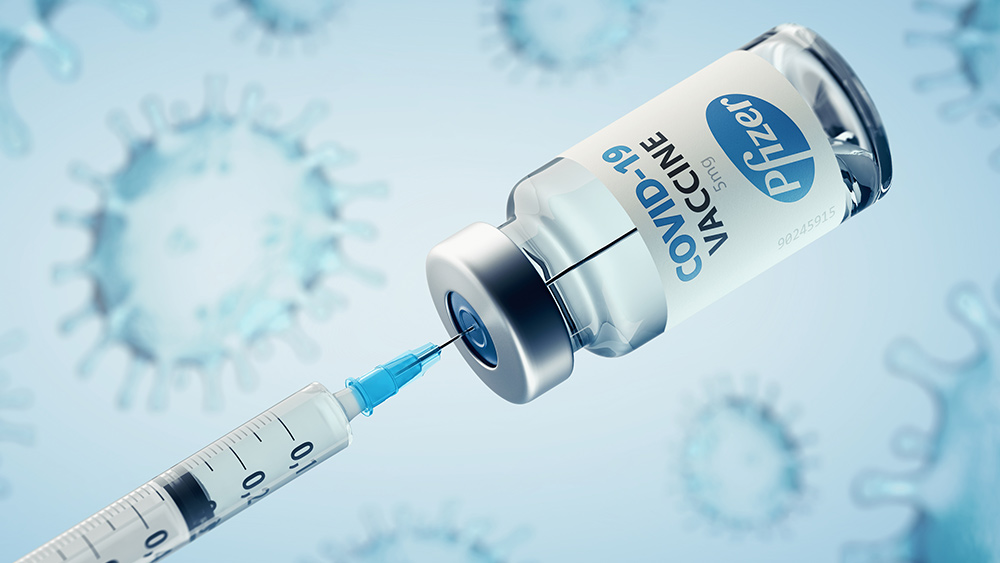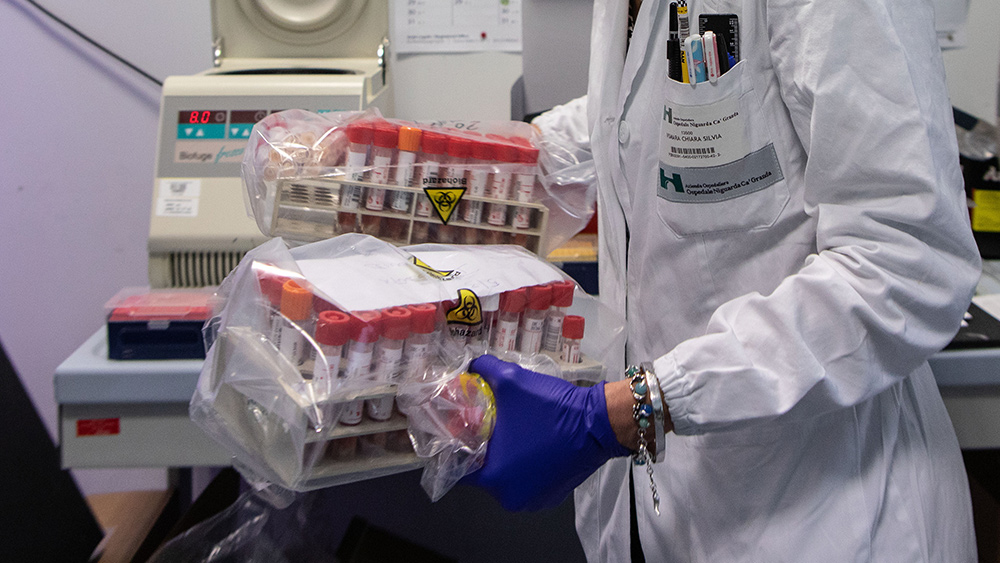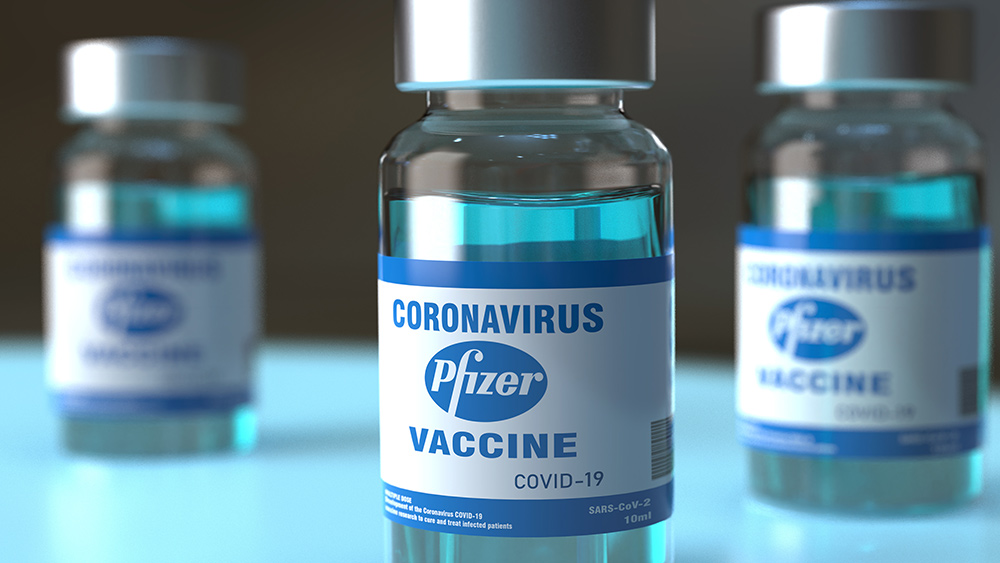CYBORG: Researchers create the first self-healing robots from living frog tissues
03/08/2021 / By Virgilio Marin

Researchers created the first living, self-healing robots using stem cells from frogs. Named “xenobots” after the African clawed frog (Xenopus laevis) from which the stem cells were taken, the machines look like tiny blobs of wiggling pink flesh.
“These are novel living machines,” said Joshua Bongard, a professor of computer science at the University of Vermont (UVM) and one of the study researchers.
“They’re neither a traditional robot nor a known species of animal. It’s a new class of artifact: a living, programmable organism,” Bongard added.
How xenobots were made
The xenobots are less than a millimeter wide, which is small enough for them to be able to travel inside human bodies. They can scuttle and swim, survive for weeks without food and work together in groups.
Bongard and Sam Kriegman, a post-doctorate student at UVM and the project’s lead researcher, created these “biological machines” through a supercomputer that churned out designs of new life forms from frog stem cells. The latter are unspecialized frog cells that are capable of developing into different cell types.
The computer assembled hundreds of simulated cells into myriad forms and body shapes, looking for the right configurations that could perform tasks such as moving in one direction. The successful designs were kept and refined while the failed ones were tossed out.
Bongard and Kriegman then sent the most successful designs to biologists at Tufts University. The latter cut and reshaped incubated frog stem cells under a microscope according to those designs. These cells immediately began to work on their own, bonding to form structure.
In a water-filled petri dish, the fully formed xenobots were able to move coherently and some of them even teamed up with others as they moved around. Turned over, they flailed like beetles flipped on their backs. When the researchers wounded one robot, it healed by itself and kept moving.
The xenobots feed on small platelets of yolk inside each of their cells, then die around a week after birth. They cannot reproduce or evolve, but putting them in nutrient-rich environments can extend their lifespan. (Related: Army researchers developing “biohybrid” combat robots using living tissue.)
In a paper about the organisms, which was published last year in the journal PNAS, the researchers claimed that xenobots are more environmentally friendly and safer for human health compared to traditional robots. The latter, they wrote, “degrade over time and can produce harmful ecological and health side effects.”
Plus, these programmable organisms can be further refined to perform a variety of tasks. In the future, they can clean up radioactive waste, fish out microplastics in the oceans, transport medicine inside human bodies, even scrape out plaques inside arteries. Additionally, researchers can use xenobots to learn more about cell biology.
“If we could make a 3D biological form on demand, we could repair birth defects, reprogram tumors into normal tissue, regenerate after a traumatic injury or degenerative disease and defeat aging,” the team’s website for project reads.
The legal and ethical questions raised by xenobots
In an article for the Conversation, Simon Coghlan and Kobi Leins, both senior research fellows in digital ethics at the University of Melbourne, outlined the legal and ethical concerns raised by xenobots.
According to the pair, bad personalities can weaponize xenobots to harm people. When used medically, advanced future xenobots can “malfunction” and go rogue. Such versions may also require sensory and nervous systems, which could potentially lead to sentience and pose ethical considerations in the process.
Giving life to xenobots, Coghland and Leins said, also raises important legal questions. “Should xenobots have biological kill-switches in case they go rogue? Who should decide who can access and control them? What if ‘homemade’ xenobots become possible?” the pair wrote.
The researchers acknowledge these concerns. They also noted that while artificial intelligence plays a big role in building xenobots, supercomputers with evil intentions are “unlikely” at this point.
“At the moment though it is difficult to see how an AI could create harmful organisms any easier than a talented biologist with bad intentions could,” the team’s website read.
Learn more about extreme scientific experiments at Insane.news.
Sources include:
Tagged Under: artificial intelligence, computer-designed organisms, cyborgs, discoveries, evil, experiments, future tech, insane, robotics, robots, supercomputers, weird science, xenobots
RECENT NEWS & ARTICLES
MedicalExperiments.News is a fact-based public education website published by MedicalExperiments News Features, LLC.
All content copyright © 2019 by MedicalExperiments News Features, LLC.
Contact Us with Tips or Corrections
All trademarks, registered trademarks and servicemarks mentioned on this site are the property of their respective owners.

